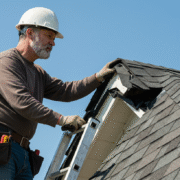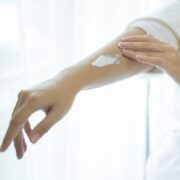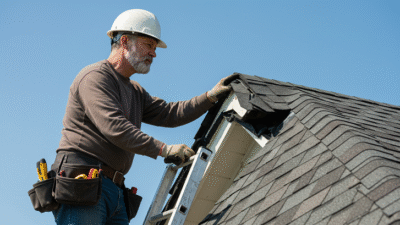You’ve never enjoyed truly enjoyed flying. Now, with the COVID-19 pandemic, flying stresses you out even more. But it doesn’t have to be that way, according to travel aficionado Brian Ferdinand in a recently published travel article. One of the best ways to make air travel more comfortable is to set yourself up for success when dealing with TSA. Here is a rundown on how to do just that.
Table of Contents
TSA Rules
According to the recent article, if you want a stress-free air travel experience, it’s critical that you understand all of the rules you’ll be required to follow when moving through security. The more prepared you are, the more seamless your security experience will be. It won’t just benefit you—it’ll also help your TSA agent, as well as fellow travelers.
For starters, be sure that you understand the rules concerning carry-on bags. For instance, note that you are permitted to bring one bag of pastes, creams, gels, aerosols, and liquids in your bag as long as that bag is a quart in size. In addition, the materials in the bag must be placed in 3.4-ounce containers designed for travel.
Be prepared to also remove your laptop and liquids and put them in the right bins as you go through the security check, according to Brian Ferdinand. Follow the TSA personnel’s instructions carefully for a speedy and smooth process from start to finish.
Additional TSA Pointers
Right now, TSA is allowing each air traveler to bring with him or her a hand sanitizer bottle featuring 12 ounces of liquid. However, because these containers are larger than 3.4 ounces, TSA personnel will need to screen them separately. As a result, your checkpoint screening may take a little longer than usual.
Also, make sure that you bring anti-bacterial or alcohol wipes with you on the plane. TSA is allowing these individually packaged wipes in checked luggage or carry-on luggage. Furthermore, note that jumbo hand-wipe containers are permitted in checked and carry-on.
While trying to get through security, make sure that you also keep at least six feet of distance between yourself and other people when possible. Likewise, avoid making contact with anybody who appears to be ill. In addition, try to limit your contact with surfaces that are frequently touched, such as elevator buttons, kiosks, and handrails. If you have to touch such surfaces, be sure to clean your hands or apply sanitizer to them afterward.



















Comments